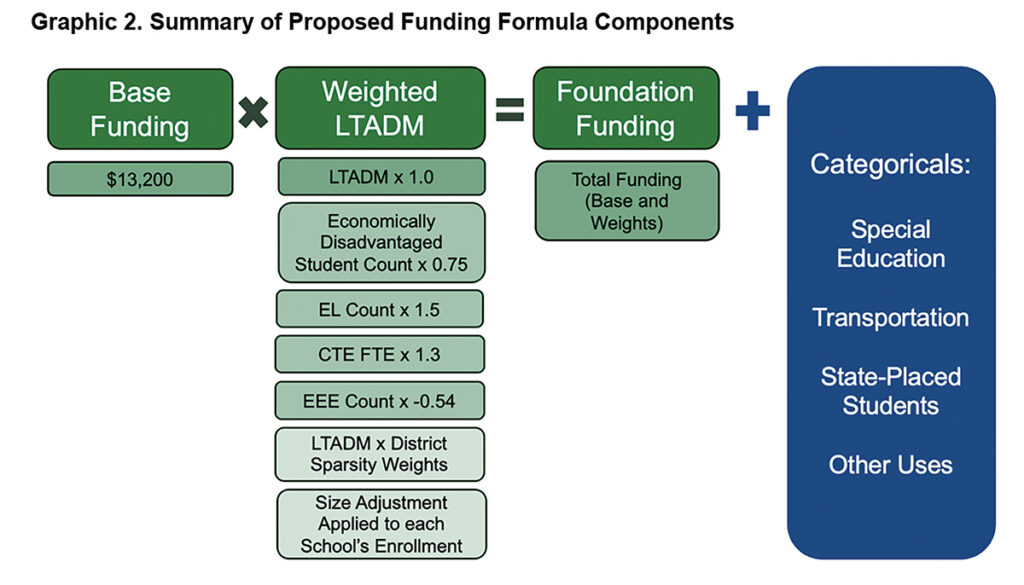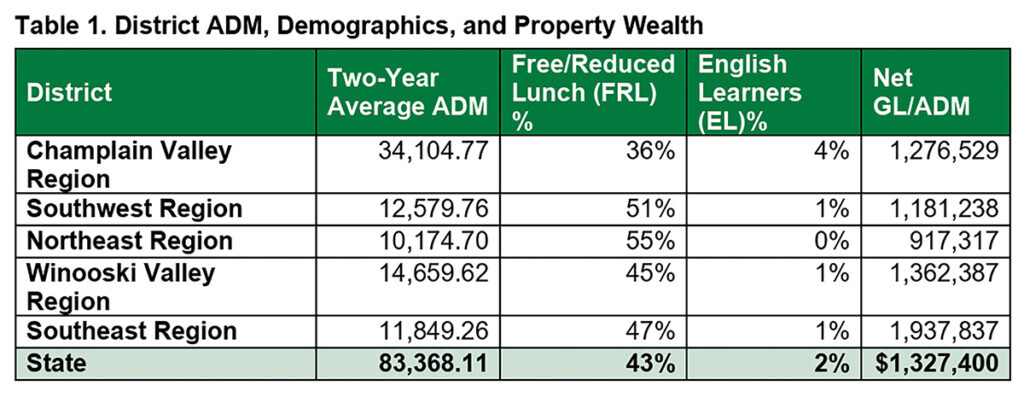By Polly Mikula
Since first announcing what they’ve coined the “education transformation” plan on Jan. 22. Governor Phil Scott and his top education officials have gradually unveiled more and more details.
Democratic lawmakers have mostly welcomed Republican Gov. Phil Scott’s grand proposal with cautious optimism. Yet while broad support for a new funding formula and fewer school districts exists in theory, the specifics of both are what will determine what changes are going to be politically palatable.
Among the biggest changes is the proposed consolidation of the state’s current 52 supervisory unions and 119 existing school districts that govern 287 schools into just just five districts — a move that has local districts worried about losing a voice in the discussion.
Last Thursday, Jan. 30, Zoie Saunders, Vermont’s secretary of education, shared the numbers behind the administration’s proposed education funding formula. That proposal — which assumes a fully transformed school district configuration by fiscal year 2028 — would cost $183.6 million less than the more than $2.3 billion the state is spending this fiscal year, she explained. “Initial estimated cost savings assume no changes to the current school portfolio though additional savings could be achieved in the future as the state defines the criteria for schools that are small by choice versus small by necessity,” according to Governor Scott’s Education Transformation Proposal: Funding Formula Explained dated Jan. 30.
The report further clarified that the current plan supports funding all schools that currently exist in the state, but at some future point looking to consolidate when possible: “AOE and APA recommend that the size adjustment be applied to all schools in Vermont to support the system at its current school scale. Over time, we recommend considering what schools should be eligible to receive funding because they are ‘necessarily small,’ in other words small by necessity, not by choice. This could include because they are in a sparsely populated area, geographically isolated, or have facilities constraints that prohibit their ability to consolidate with another school. Different criteria could be set by grade span; for example, allowing smaller neighbor elementary schools while establishing centralized middle schools and regional comprehensive high schools. Determining the eligibility criteria for which schools are necessarily small is a longer-term policy discussion and the funding formula has been designed to support both the current and future portfolio of schools in Vermont.”
The new plan calls for base funding amount per student of $13,200 (one of the highest in the country, according to the state’s consultants) with weights based on student need: economically disadvantaged students (0.75), English Learners (1.5), career and technical education students (1.3) and preschool students (1.0), plus factors to take into account school scale and district sparsity.
Lawmakers met the proposed allocations with somber consideration, digging in where possible to get at key questions. But many, inside and outside the State House, worry that with less than three months left in the session, elected officials simply won’t have enough time to understand what’s being proposed.
In government time, Vermont is attempting to move at warp speed toward a complete reimagining of its public education system.

The graphic above summarizes each funding formula component and its application (weight applied for each long term average daily membership for students we a variety of factors that cost more to educate) to arrive at the appropriate foundation funding (base plus weights) for each of the five districts. Additionally, “categoricals” are added in after.
At the Mountain Views Supervisory meeting, Monday, Feb. 3, Heather Lawler, a board representative from Barnard, emphasized this point: “I want to share with the board that they’ve named a series of committees. I believe it’s 11 committees, that are called Sprint committees,” she said. “Sprint meaning fast. So they have a sprint committee to define policy on governance. They have one to define policy on CTE [career and technical education], one for after school, one for preschool. They have created these because it’s moving fast, so I want to throw my voice behind [joining The Rural School Community Alliance] and advocate that right now there’s still some listening happening,” Lawler said.
In a letter addressed to school board and select board members, The Rural School Community Alliance states its purpose: “To ensure our voices are heard in the State House, we must stand together. The Rural School Community Alliance is a coalition of Vermont’s rural community public schools and districts committed to advocating for the value and importance of community public schools for our children and for a democratic voice in decision making about their future.”
The MVSU board voted overwhelmingly in favor of joining the alliance.
Ethan Weinstein/VTDigger contributed to this reporting.

Chart shows the two year average for average daily membership (ADM), which approximates the number of students in each of the five proposed districts, as well as percentages weighted.

Map shows the long term average daily membership (LTADM) — how the state counts students— in each of the proposed five regions of the state. (Local towns added in for reference.)




